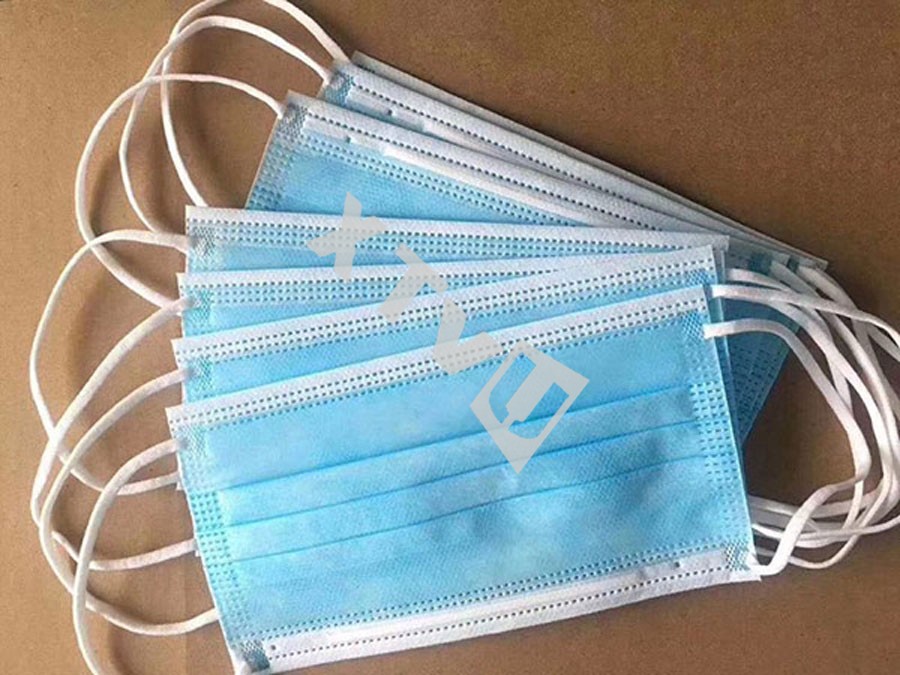
What is the chemical composition of the non-woven fabric?
Non-woven fabric is a weaving process, not a chemical component.
Because many materials are now made of non-woven fabrics.
Because it is a fabric that does not require spinning woven fabric, only the woven short fibers or filaments are oriented or randomly stretched to form a web structure, and then reinforced by mechanical, thermal bonding or chemical methods.
Instead of interlacing and braiding the yarns one by one, the fibers are bonded directly together by physical means, so when you get the sticky name in your clothes, you will find that It is impossible to draw a single thread. Nonwoven fabric breaks through the traditional textile principle, and has the characteristics of short process flow, fast production rate, high output, low cost, wide application and many raw materials.
Material of non-woven fabric;
According to the composition of the non-woven fabric, there are polyester, polypropylene, nylon, spandex, acrylic, etc.; different ingredients will have different non-woven styles. Spunbonded cloth, usually referred to as polyester spunbond, polypropylene spunbonded non-woven fabric (English name: Non Woven), also known as non-woven fabric, is made of oriented or random fibers, is a new generation of environmentally friendly materials, with moisture resistance, Breathable, flexible, light weight, non-combustible, easy to decompose, non-toxic and non-irritating, rich in color, low in price, recyclable and so on. For example, polypropylene (pp material) pellets are used as raw materials, which are produced by high-temperature melting, spinning, paving, hot pressing and continuous one-step process. It is called a cloth because it has the appearance and some properties of the cloth.

. It is made by directly spinning polypropylene into a mesh, and the strength of the product is better than that of the general staple fiber product, the strength is non-directional, and the longitudinal and transverse strengths are similar. 8. In terms of environmental protection, the raw material of most non-woven fabrics currently used is polypropylene, and the raw material of plastic bags is polyethylene. Although the two substances have similar names, they have far different chemical structures. The chemical molecular structure of polyethylene has considerable stability and is extremely difficult to degrade. Therefore, it takes 300 years for the plastic bag to be decomposed. The chemical structure of polypropylene is not strong, and the molecular chain can be easily broken, so that it can be effectively degraded. And in the non-toxic form into the next environmental cycle, a non-woven shopping bag can be completely decomposed within 90 days. Moreover, the non-woven shopping bag can be reused more than 10 times, and the environmental pollution degree after disposal is only 10% of the plastic bag.
The fibers for the production of non-woven fabrics are mainly polypropylene (PP) and polyester (PET). In addition, there are nylon (PA), viscose, acrylic, ethylene (HDPE), and polyvinyl chloride (PVC). According to the application requirements, non-woven fabrics are divided into two categories: disposable application and durable.
At present, man-made fibers still dominate the production of non-woven fabrics, and this situation will not change much until 2007. Of the fibers used in nonwovens production worldwide, 63% are polypropylene, 23% are polyester, 8% are viscose, 2% are acrylic, 1.5% are polyamide, and the remaining 3% are other fiber. Polypropylene, some with calcium carbonate as filler, reduce cost [-CH2-CH-] | CH3 Scientific name: Polypropylene
What is the chemical composition of the non-woven fabric?
-
2023-04-21
What is the main adv…
What is the main advantage of …
-
2023-04-21
Are nonwovens washab…
Are nonwovens washable and bre…
-
2023-04-21
Where are nonwoven f…
Where are nonwoven fabrics use…
-
2023-04-21
Are nonwoven fabrics…
Are nonwoven fabrics environme…
-
2023-04-21
What are the raw mat…
What are the raw materials for…
